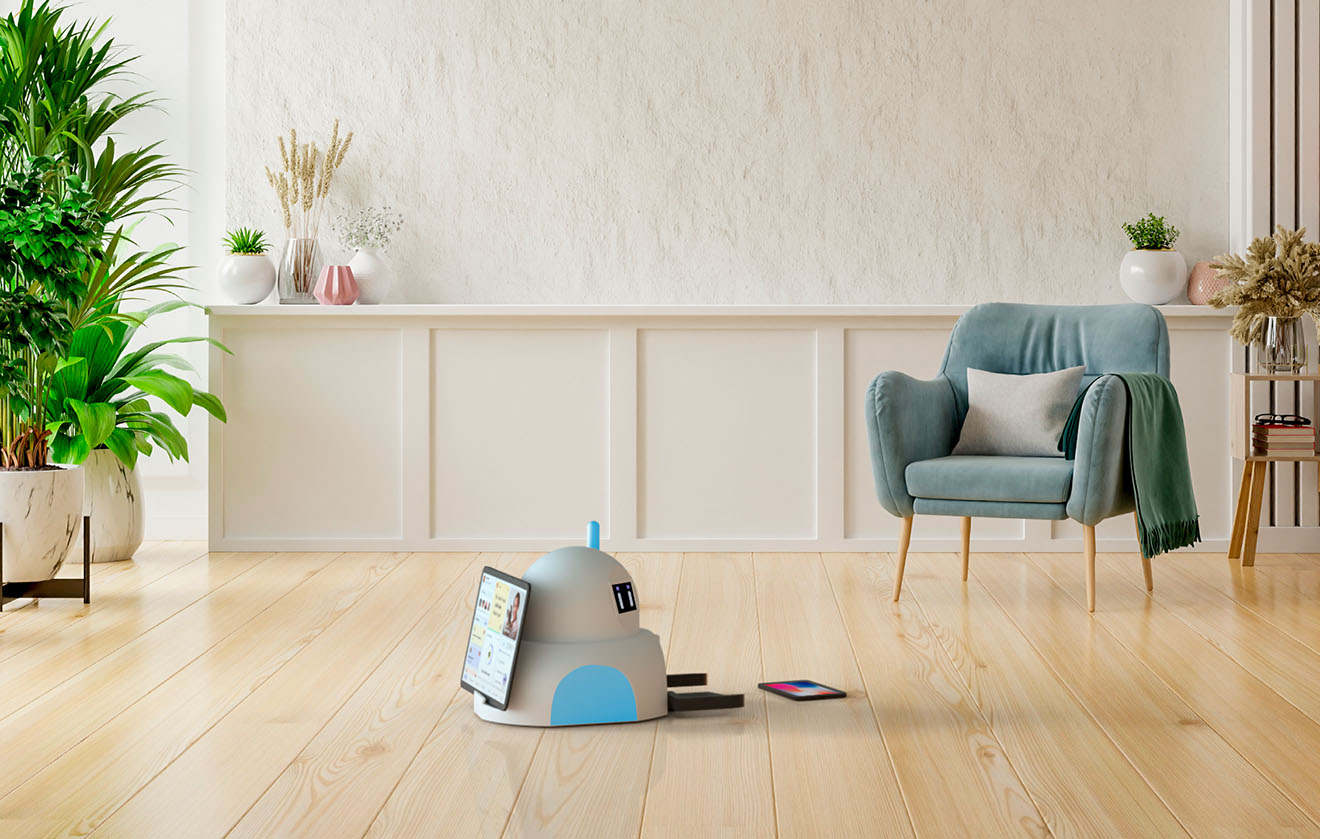Goal: Robotics and automation technologies designed and adopted in Australia are safe to use alongside Australian workers, and are secure and inclusive by design.
What we’ve heard
Robotics and automation are fast becoming part of everyday life, from fulfilling online shopping orders to improving patient health outcomes in our hospitals. The successful integration of these technologies into our society depends on their development and adoption being responsible, secure, ethical, lawful and inclusive.
Companies and industries that adopt robotics have been able to stay competitive and scale their operations, creating jobs that wouldn’t otherwise exist. Without robotics and automation, Australia will struggle to remain internationally competitive and adapt to future trends like our ageing population and tight labour market. Research shows that robotics and automation often complement human labour, increasing employment and job satisfaction (OECD 2023). Robotics and automation can also reduce workplace injuries and automate routine or repetitive work, improving productivity and letting workers focus on more meaningful and rewarding tasks.
However, there is public debate on the potential impact of robotics and automation on jobs. The course of history has shown that technology can lead to structural changes in the economy. Education, targeted regulation and increasing the overall awareness of how these technologies function and benefit society will help to address concerns around employment, reliability and safety. To ensure that the development and use of robotics is responsible, we can:
- update governance frameworks to promote robotics and automation solutions that improve social wellbeing, inclusion and safety
- introduce robotics and automation into areas of the economy experiencing skills shortages
- build awareness so workers can see themselves working alongside robotics
- provide robust and flexible training systems to support workers to reskill and upskill.
To realise the opportunities and benefits from robotics and automation it’s important that industry and government work together to involve users, communities and workers. By involving these groups in the design of robotics and automation solutions, we can develop them responsibly and inclusively. Australia has a record of doing this effectively, including through shared consultation on work health and safety regulations and currently in responsibly developing AI.
Given the lack of diversity in the robotics industry, communities, industry, academia and government need to bring together a range of perspectives to identify potential biases and adverse consequences. As robotics, automation and AI technologies evolve, we must work together to have the right frameworks and settings in place so everyone uses these technologies responsibly.
Promoting the safe, secure, lawful and ethical design and use of robotics and automation technologies will help protect Australia against potential risks. Fit for purpose regulatory settings and standards, as well as robust safety and cyber security arrangements can guide developers and adopters so they can adhere to best practice. For example, as cobots become more common, it is important that people and robots can work alongside each other safely and securely.
Managing cyber security, data privacy, collection, storage and use will be important to protect our industries and the wider community. Many robotics and automation technologies collect sensitive and personal data to perform their functions. They may capture information on personal identifiers, health conditions and the layout of homes or workplace environments. It is vital that Australians are aware of the potential cyber security risks robotics and automation technologies can present and mitigate these where possible. Awareness will ensure Australia adopts secure and trusted solutions to take full advantage of the opportunities that these technologies present.

